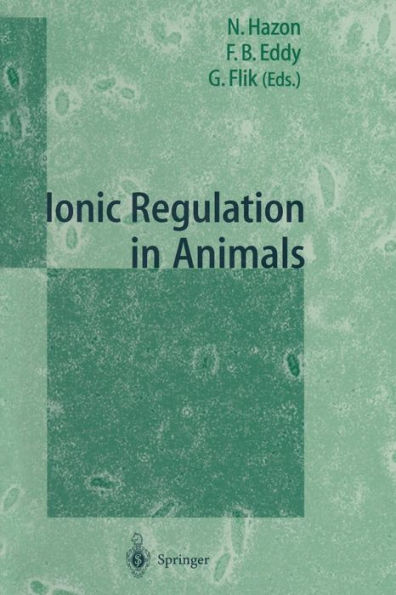Ionic Regulation in Animals: A Tribute to Professor W.T.W.Potts
This book draws together the most relevant and recent advances in the area of ionic transport in animals. In particular, it describes the role of modern cell and molecular biology research techniques in this rapidly advancing field. These techniques have led to important advances in our knowledge of cellular mechanisms of ion transporting epithelia, the role and expression of osmoregulatory hormones and a new understanding of whole body salt and water balance.
"1111486109"
Ionic Regulation in Animals: A Tribute to Professor W.T.W.Potts
This book draws together the most relevant and recent advances in the area of ionic transport in animals. In particular, it describes the role of modern cell and molecular biology research techniques in this rapidly advancing field. These techniques have led to important advances in our knowledge of cellular mechanisms of ion transporting epithelia, the role and expression of osmoregulatory hormones and a new understanding of whole body salt and water balance.
109.99
In Stock
5
1

Ionic Regulation in Animals: A Tribute to Professor W.T.W.Potts
204
Ionic Regulation in Animals: A Tribute to Professor W.T.W.Potts
204Paperback(Softcover reprint of the original 1st ed. 1997)
$109.99
109.99
In Stock

Product Details
| ISBN-13: | 9783642643965 |
|---|---|
| Publisher: | Springer Berlin Heidelberg |
| Publication date: | 09/18/2011 |
| Edition description: | Softcover reprint of the original 1st ed. 1997 |
| Pages: | 204 |
| Product dimensions: | 6.10(w) x 9.25(h) x 0.02(d) |
From the B&N Reads Blog
